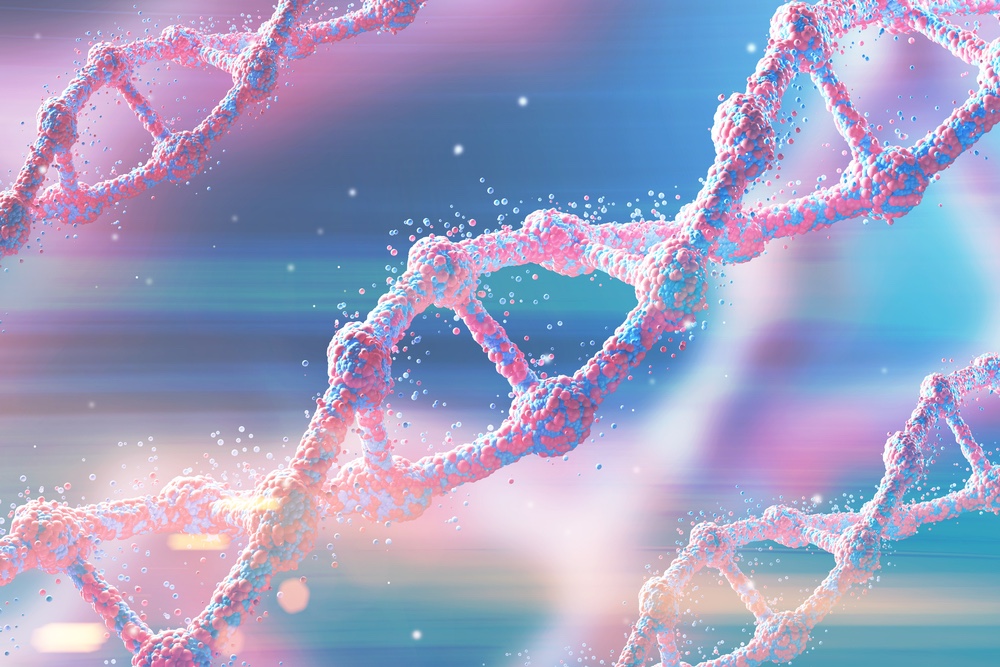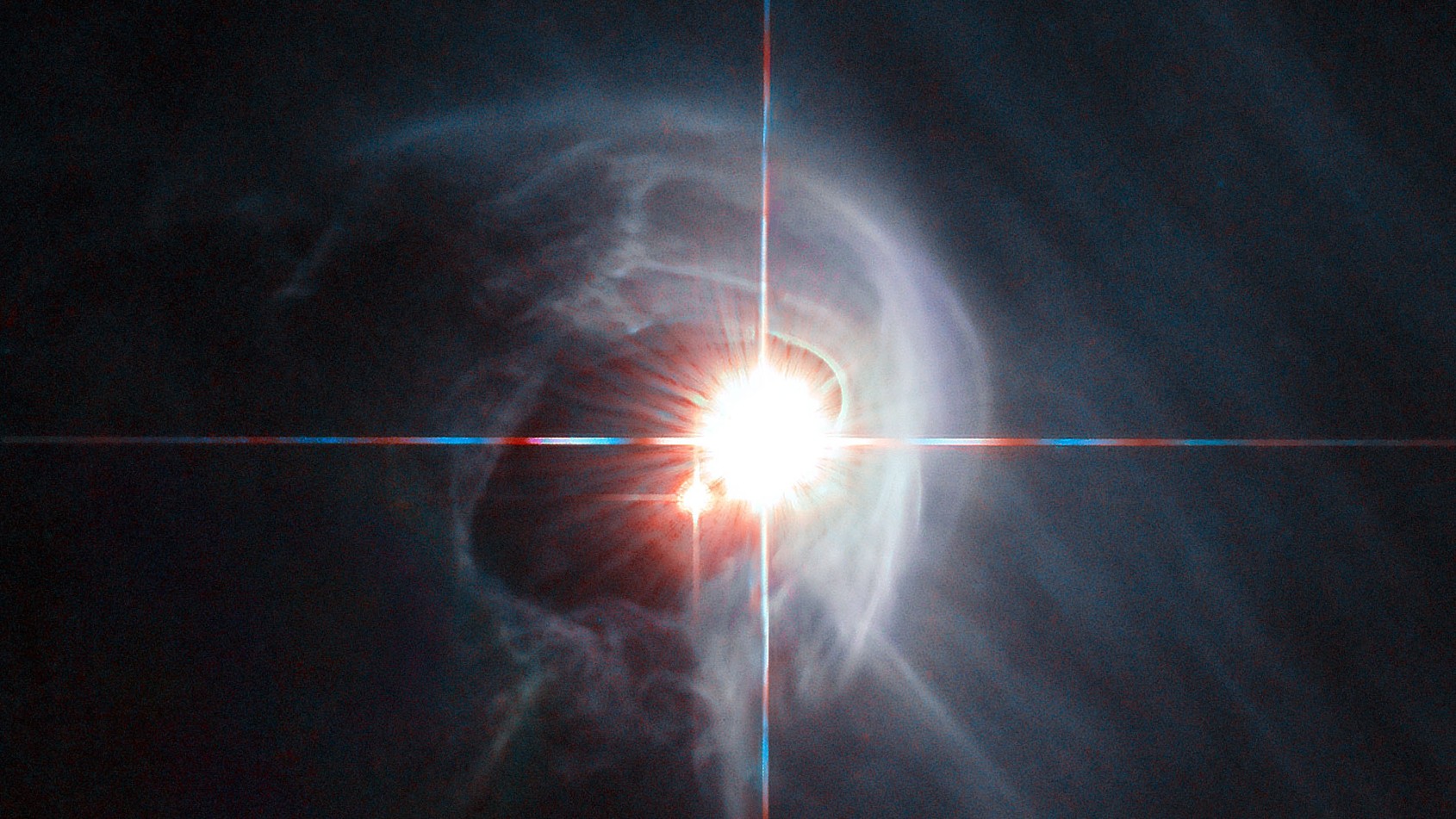DNA Just One of More Than 1 Million Possible 'Genetic Molecules,' Scientists Find
Scientists used a computer program to uncover more than 1 million molecules that could potentially store genetic information, just like DNA.

DNA and its cousin RNA store genetic information and enable life as we know it — but what if millions of lesser-known chemicals could do the exact same thing?
A new study suggests that more than 1 million chemical look-alikes could encode biological information in the same way that DNA does. The new study, published Sept. 9 in the Journal of Chemical Information and Modeling, might point the way to new targets for pharmaceutical drugs, explain how life first evolved on Earth and even help us search for life-forms beyond our planet, the authors wrote.
"It is truly exciting to consider the potential for alternate genetic systems ... that these might possibly have emerged and evolved in different environments, perhaps even on other planets or moons within our solar system," co-author Jay Goodwin, a chemist at Emory University, said in a statement.
Both DNA and RNA, the two known types of nucleic acids, contain chemical bits called nucleotides, which link up in a particular order and relay different data, depending on their sequence, similar to individual letters within a written sentence. Some natural and man-made molecules mimic the basic structure of DNA, but before now, no one had attempted to count up how many of these look-alikes might exist, the authors wrote.
Related: 7 Theories on the Origin of Life
"There are two kinds of nucleic acids in biology," co-author Jim Cleaves, a chemist at the Tokyo Institute of Technology, said in the statement. "We wanted to know if there is one more to be found or even a million more."
"The answer is, there seem to be many, many more than was expected," Cleaves said.
Get the world’s most fascinating discoveries delivered straight to your inbox.
Related: Code of Life: Photos of DNA Structures
The authors designed a computer program to generate chemical formulas for nucleic acid-like molecules. In DNA, nucleotides couple up in distinct pairings and assemble in a line, so the scientists made sure that their generated molecules could form in the same way. In the end, their program put together more than 1,160,000 different molecules that met these basic criteria.
"We were surprised by the outcome of this computation," co-author Markus Meringer, a chemist at the German Aerospace Center in Cologne, said in the statement. "It would be very difficult to estimate a priori that there are more than a million nucleic-acid like scaffolds. Now we know, and we can start looking into testing some of these in the lab."
The multitude of look-alikes may clarify the story of how life on Earth came to be, before DNA and RNA dominated the world of biology. Theoretically, evolution may have performed "test runs" with some of these other molecules before settling on nucleic acids as the best conveyors of genetic data, the authors suggested.
The look-alikes may also fuel future medical advances, they added. Drugs that resemble nucleotides are already used to undermine dangerous viruses and malignant cancer cells in the human body, according to the statement. With a library of structurally similar molecules on hand, drug developers could potentially adopt DNA look-alikes as a major weapon in the fight against disease.
"It is absolutely fascinating to think that by using modern computational techniques we might stumble upon new drugs when searching for alternative molecules to DNA and RNA that can store hereditary information," said co-author Pieter Burger, a biochemist at Emory University.
- Big Bang to Civilization: 10 Amazing Origin Events
- Genetics by the Numbers: 10 Tantalizing Tales
- Top 10 Mysteries of the First Humans
Originally published on Live Science.

Nicoletta Lanese is the health channel editor at Live Science and was previously a news editor and staff writer at the site. She holds a graduate certificate in science communication from UC Santa Cruz and degrees in neuroscience and dance from the University of Florida. Her work has appeared in The Scientist, Science News, the Mercury News, Mongabay and Stanford Medicine Magazine, among other outlets. Based in NYC, she also remains heavily involved in dance and performs in local choreographers' work.
